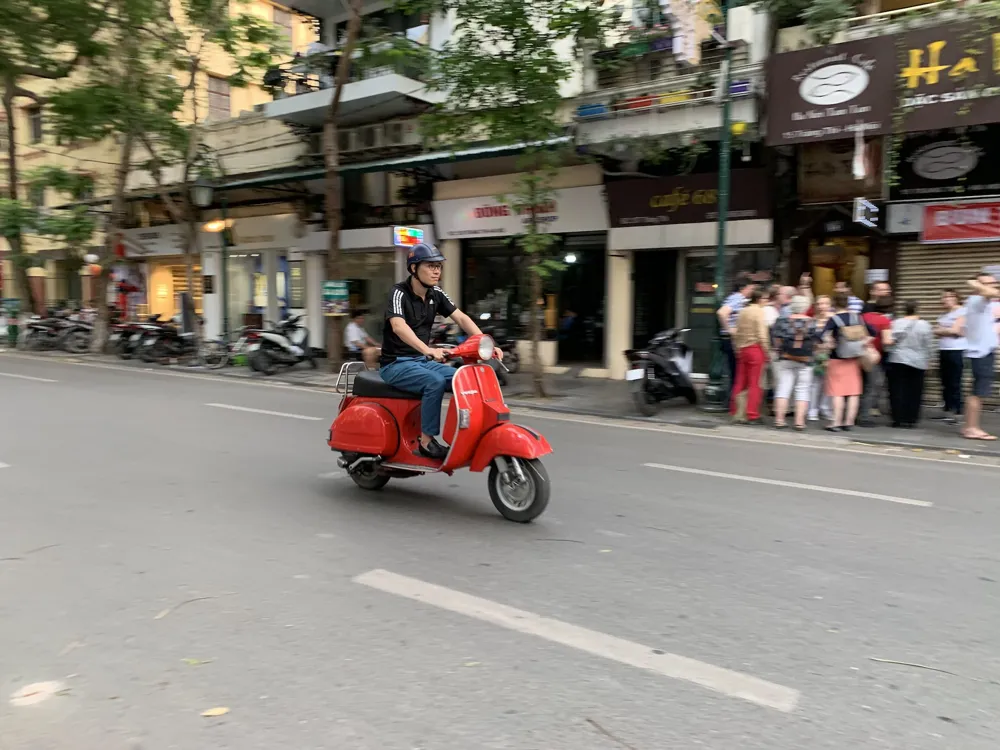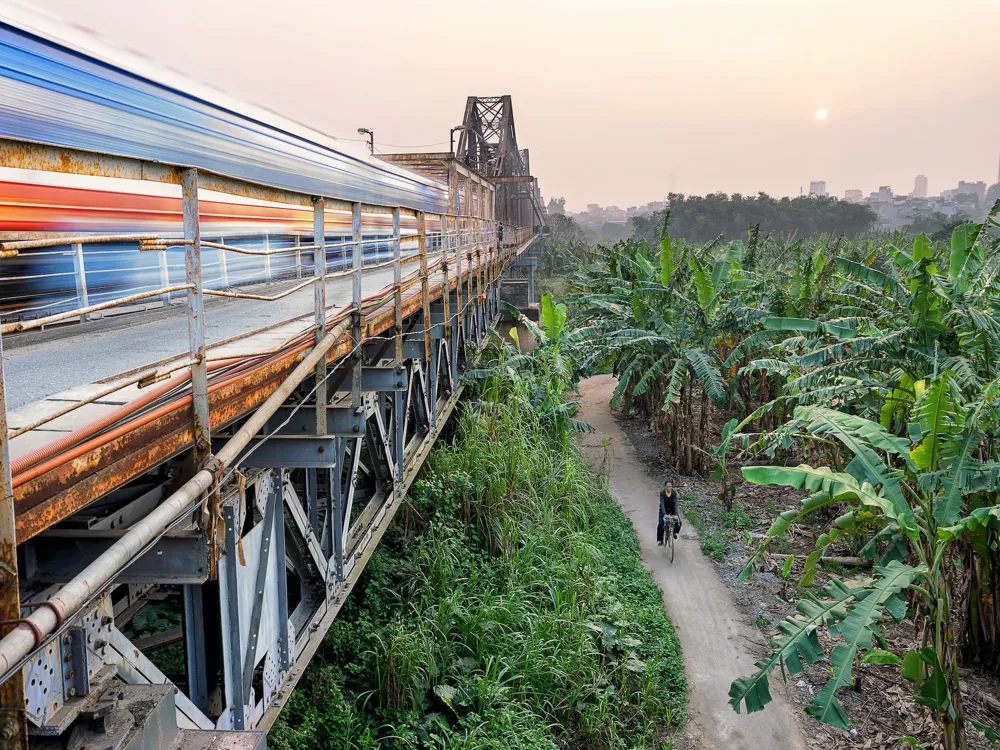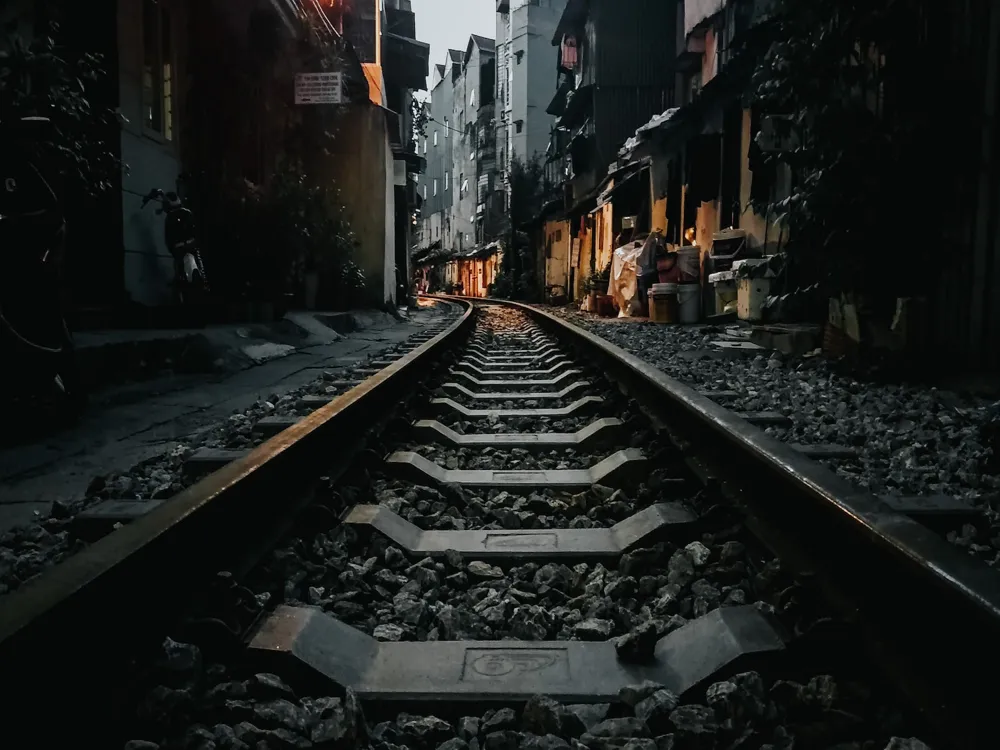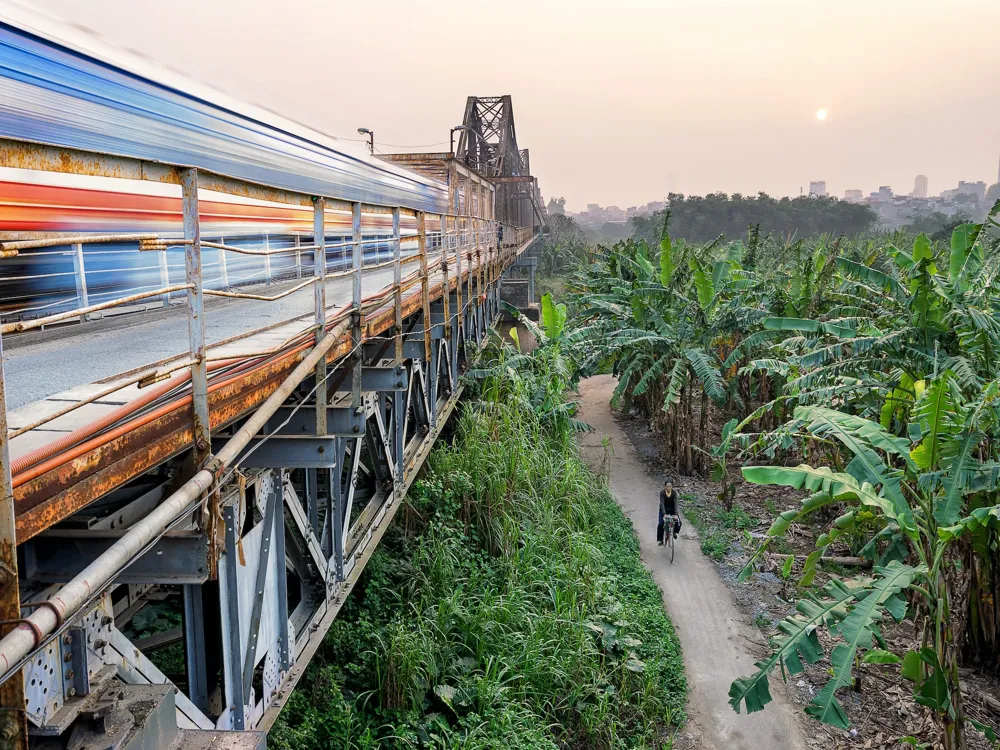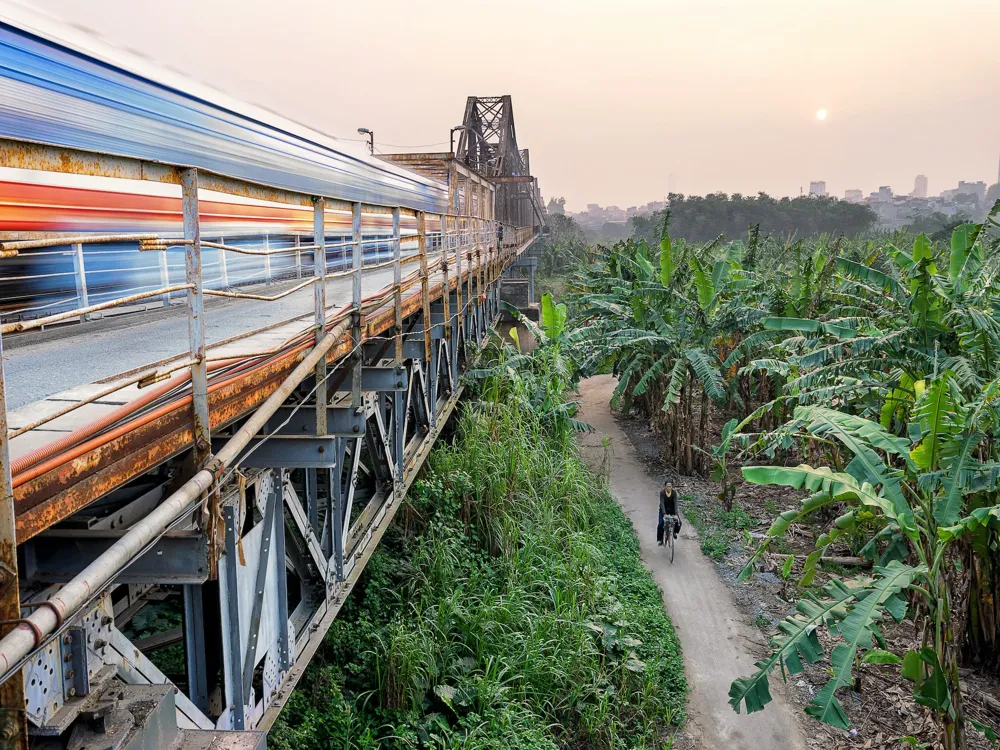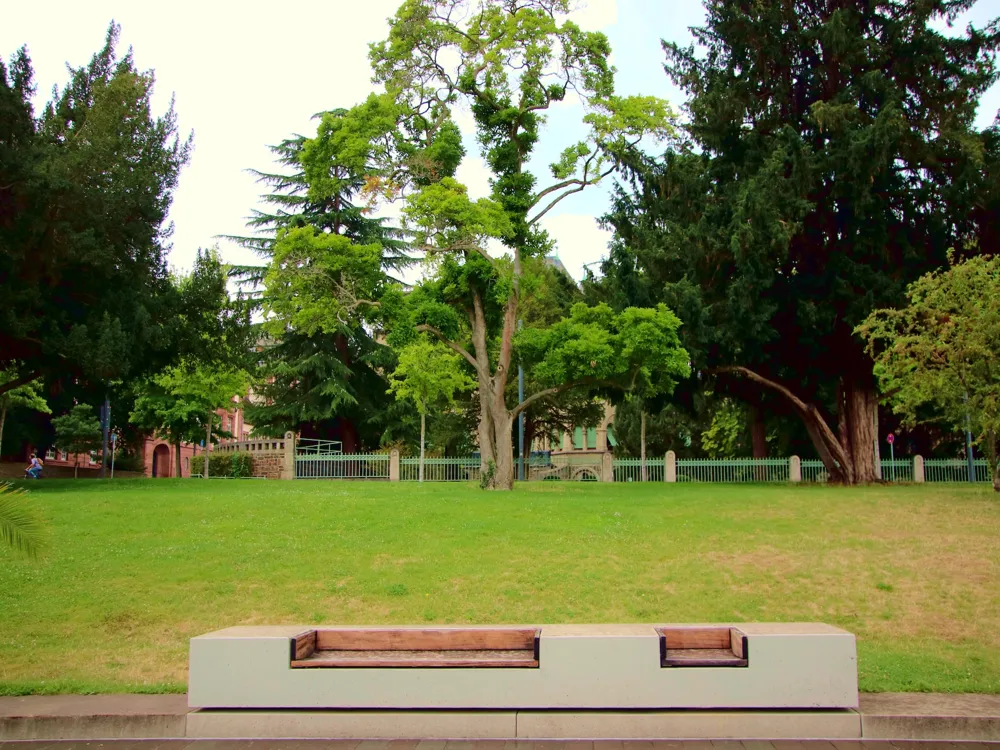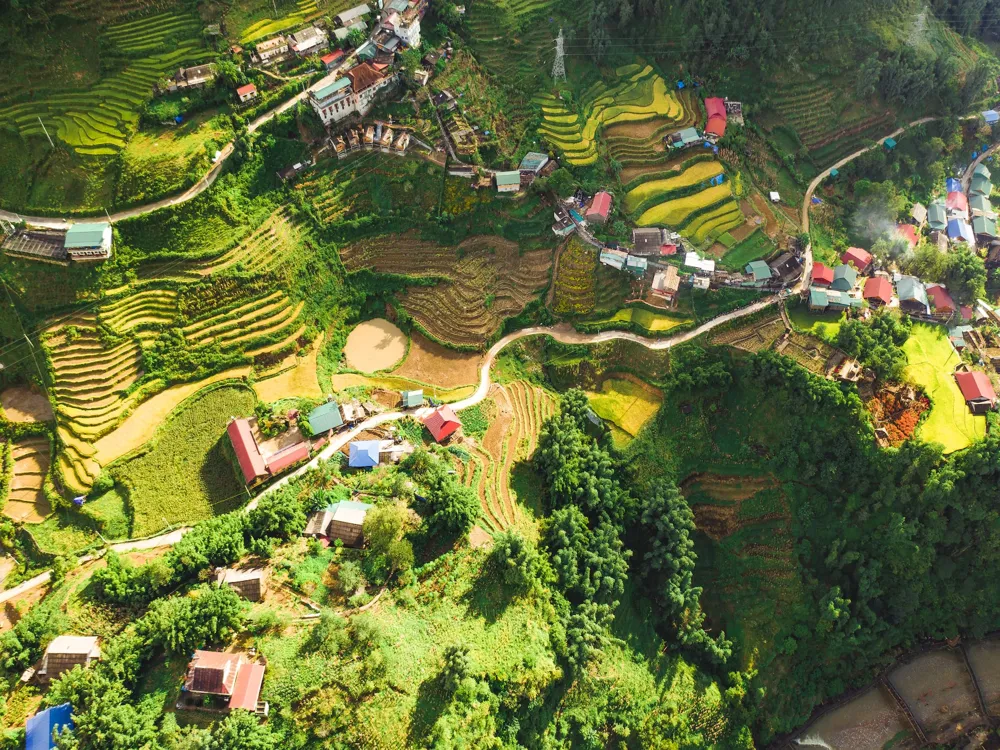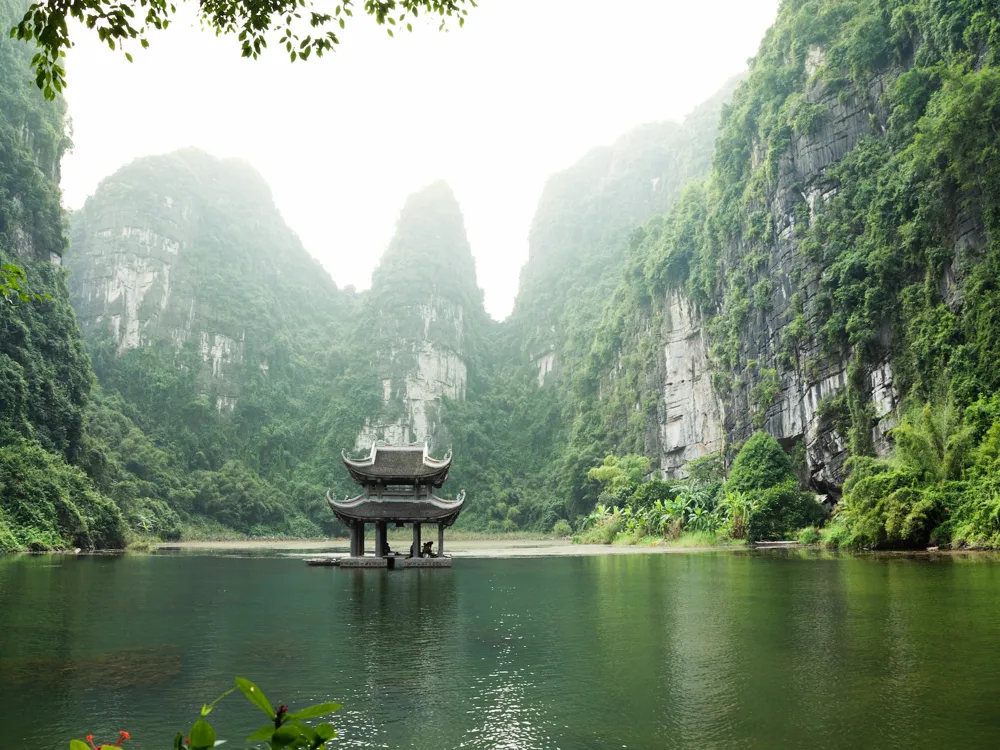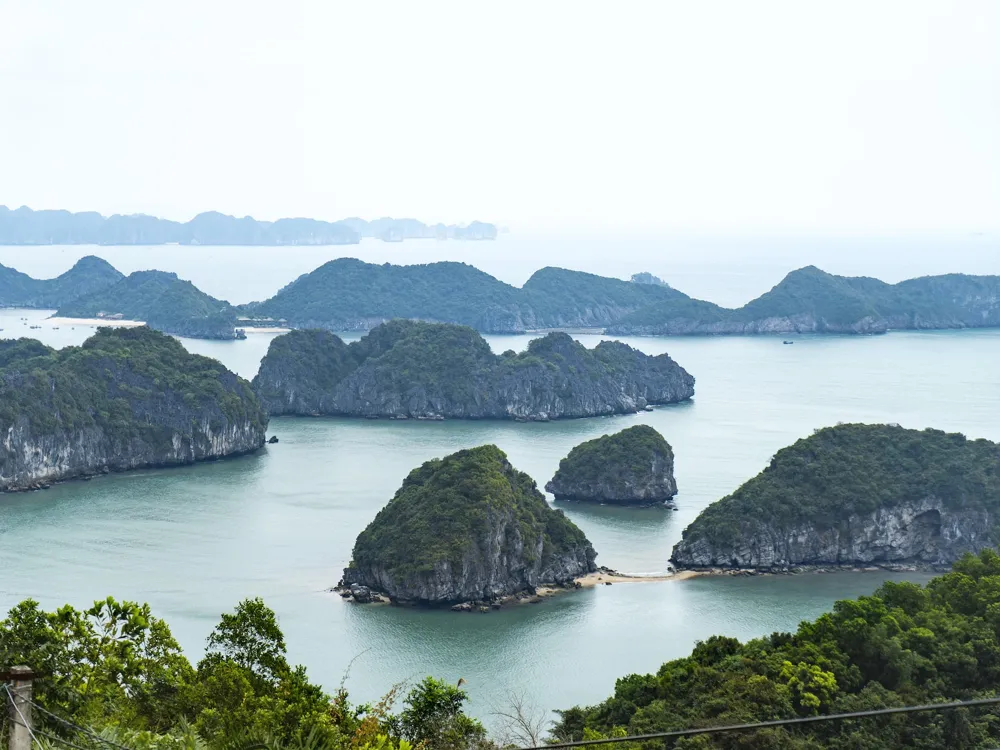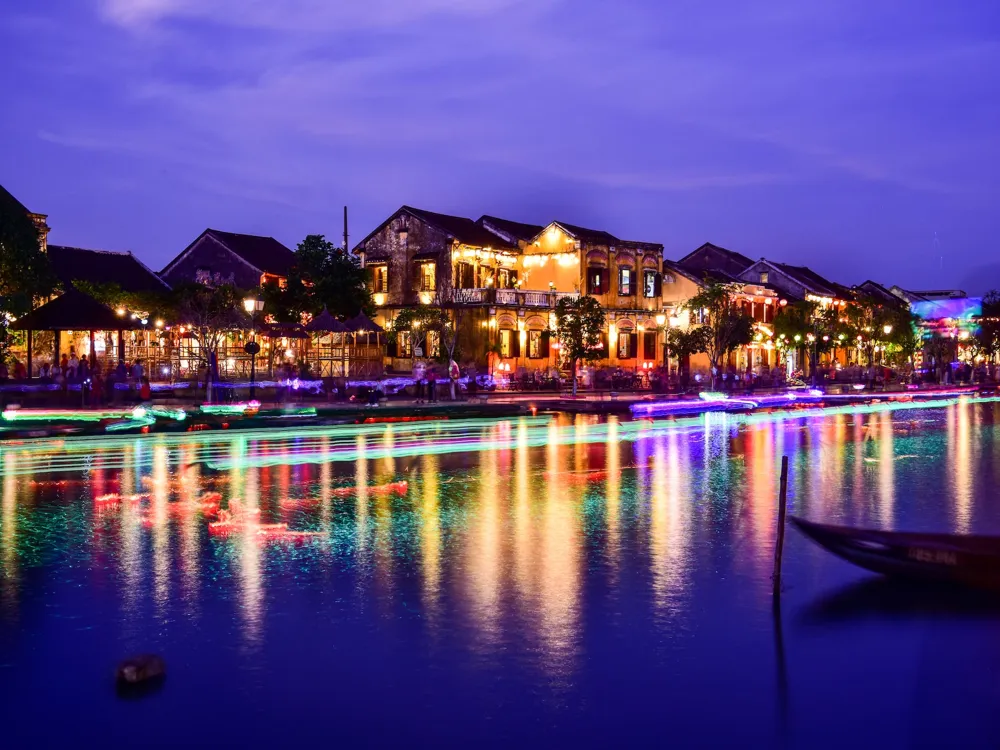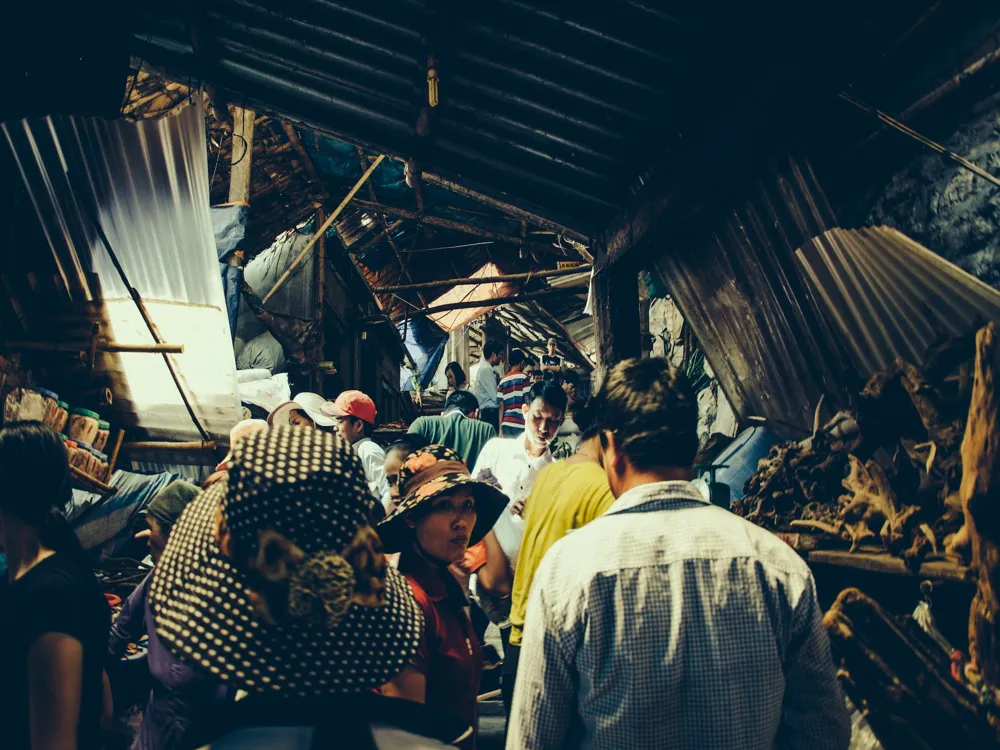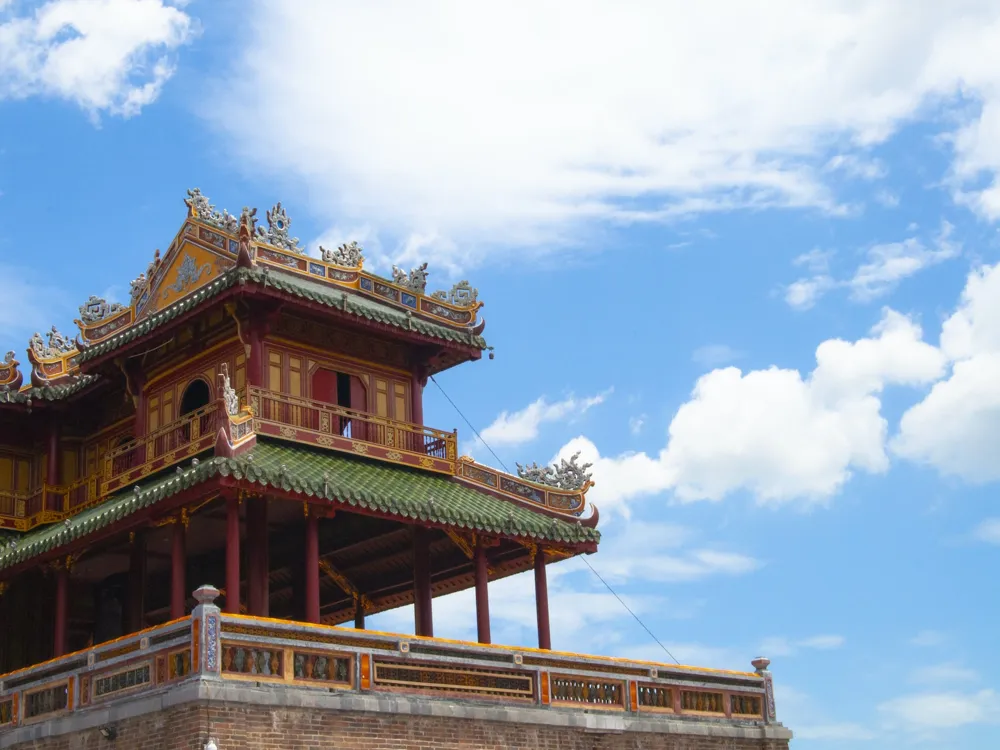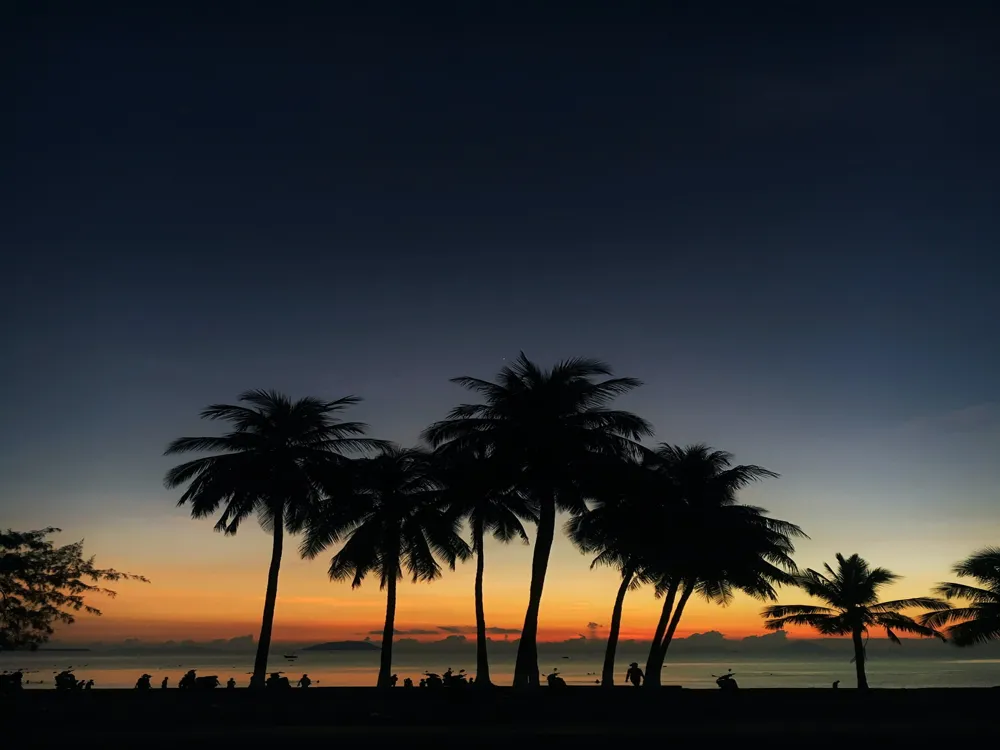Hanoi, the capital city of Vietnam, is a fascinating blend of East and West, combining traditional Sino-Vietnamese motifs with French flair. It's a city where the past coexists with the present; ancient temples stand alongside modern developments. Hanoi is not just the political center of Vietnam but also a cultural and historical hub. The city's history dates back over a thousand years, with countless invasions, from the Chinese to the French, leaving their marks on this enigmatic city. Today, Hanoi is a thriving metropolis, bustling with motorcycles zipping through the streets, vendors selling their wares, and numerous cafes and restaurants offering a taste of modern Vietnamese life.
Hanoi's rich history is evident in its architecture, cuisine, and customs. Originally named Thang Long, meaning 'ascending dragon', it was renamed Hanoi (meaning 'between rivers') in 1831. The city served as the capital of French Indochina from 1902 to 1954, a period that heavily influenced its architecture and culinary scene. Hanoi's culture is a tapestry of influences, from the Chinese, who ruled for over a millennium, to the French colonial period. This blend is reflected in traditional art forms like water puppetry, a unique Vietnamese tradition, and the city's vibrant festivals, which include the Lunar New Year (Tet) and the Mid-Autumn Festival.
Despite its urban landscape, Hanoi is also known for its natural beauty. The city is dotted with parks and lakes, offering a tranquil escape from the hustle and bustle. Hoan Kiem Lake, located in the heart of the city, is a popular spot for locals and tourists alike. The West Lake, the largest in Hanoi, is surrounded by gardens, temples, and villas, making it a perfect place for a leisurely stroll or a picnic. The Red River, flowing through the city, provides a picturesque backdrop and is lined with pathways ideal for cycling or jogging.
Hanoi's architecture is a testament to its tumultuous history, with influences from various occupiers and eras creating a unique urban tapestry. The city's architecture can be divided into traditional Vietnamese, colonial French, and modern post-war periods, each leaving a distinctive mark on the cityscape. Traditional Vietnamese architecture, with its pagodas and temples, reflects the influence of Chinese rule. The French colonial period introduced European styles, evident in the grand boulevards and colonial villas. In the post-war era, Soviet influences brought in functional, utilitarian structures, while recent developments showcase modern, global architectural trends.
Traditional Vietnamese architecture in Hanoi is characterized by its harmonious blend with nature, use of natural materials, and intricate carvings. Pagodas and temples, such as the Tran Quoc Pagoda and the Temple of Literature, are prime examples of this style. These structures are often set in serene gardens and feature red-lacquered columns, ornate roofs, and detailed woodwork. The Old Quarter, with its narrow streets and shophouses, also reflects traditional Vietnamese life. These shophouses, with their tube-like structures, are a unique feature of Hanoi's architecture.
The French colonial period left a significant architectural imprint on Hanoi. The city's French Quarter is home to wide boulevards, leafy avenues, and colonial buildings painted in pastel hues. Notable examples include the Hanoi Opera House, inspired by the Palais Garnier in Paris, and the St. Joseph's Cathedral, a neo-Gothic structure reminiscent of Notre-Dame de Paris. These buildings are characterized by their tall windows, wrought-iron balconies, and European detailing.
Post-war architecture in Hanoi reflects the city's rapid development and global influences. Modern skyscrapers, shopping malls, and luxury hotels have sprung up, transforming the city's skyline. Contemporary architects are blending traditional Vietnamese elements with modern design, creating a new architectural language for Hanoi. The Lotte Center Hanoi, with its sleek glass façade and traditional Vietnamese motifs, is a prime example of this new style.
The best time to visit Hanoi is during the spring (February to April) and autumn (September to November) months. During these periods, the weather is more temperate and pleasant, with reduced humidity and milder temperatures. Avoid the summer months, as they can be hot and rainy, and the winter months can be surprisingly cold.
Hanoi's traffic is notorious, with countless motorcycles and limited public transport options. For short distances, walking or cycling can be a pleasant way to explore the city. For longer distances, taxis are the most convenient option. Be sure to use reputable taxi companies or ride-hailing apps to ensure fair pricing. Motorcycle taxis are also a popular and efficient way to get around, but they are not for the faint-hearted!
Vietnamese cuisine is a highlight of any visit to Hanoi. The city is famous for its street food, offering a variety of dishes from pho (noodle soup) to banh mi (Vietnamese sandwich). Explore the Old Quarter's street food scene to experience authentic local dishes. Be adventurous but also cautious – ensure that street food vendors maintain good hygiene standards.
Understanding and respecting local customs is important. Dress modestly when visiting temples and pagodas. It's also customary to remove shoes before entering someone's home or a place of worship. When it comes to bargaining at markets, do so respectfully – it's a part of the local culture, but always maintain a friendly demeanor.
Hanoi is well-connected and accessible from various international and domestic locations. The Noi Bai International Airport is the main gateway for international travelers, located about 35 kilometers from the city center. For regional travel, trains and buses connect Hanoi to other parts of Vietnam. The city’s train station is a hub for the national railway, offering services to destinations like Ho Chi Minh City and Da Nang. Long-distance buses are also available for travel to neighboring countries like Laos and Cambodia.
Overview of Hanoi
History and Culture
Natural Beauty
Architecture of Hanoi
Traditional Vietnamese Architecture
French Colonial Architecture
Modern and Contemporary Architecture
Tips When Visiting Hanoi
Best Time to Visit
Transportation Tips
Food and Cuisine
Cultural Etiquette
How To Reach Hanoi
Vietnamese Women's Museum
Hanoi
₹ 15,260 onwards
View hanoi Packages
Weather :
Tags : Museum
Timings : Tuesday - Sunday: 8:00 AM - 5:00 PM
Time Required : 1 - 2 hours
Entry Fee : VND 30,000
Planning a Trip? Ask Your Question
Hanoi Travel Packages
View All Packages For Hanoi
Top Hotel Collections for Hanoi

Private Pool

Luxury Hotels

5-Star Hotels

Pet Friendly
Top Hotels Near Hanoi
Other Top Ranking Places In Hanoi
View All Places To Visit In hanoi
View hanoi Packages
Weather :
Tags : Museum
Timings : Tuesday - Sunday: 8:00 AM - 5:00 PM
Time Required : 1 - 2 hours
Entry Fee : VND 30,000
Planning a Trip? Ask Your Question
Hanoi Travel Packages
View All Packages For Hanoi
Top Hotel Collections for Hanoi

Private Pool

Luxury Hotels

5-Star Hotels

Pet Friendly







